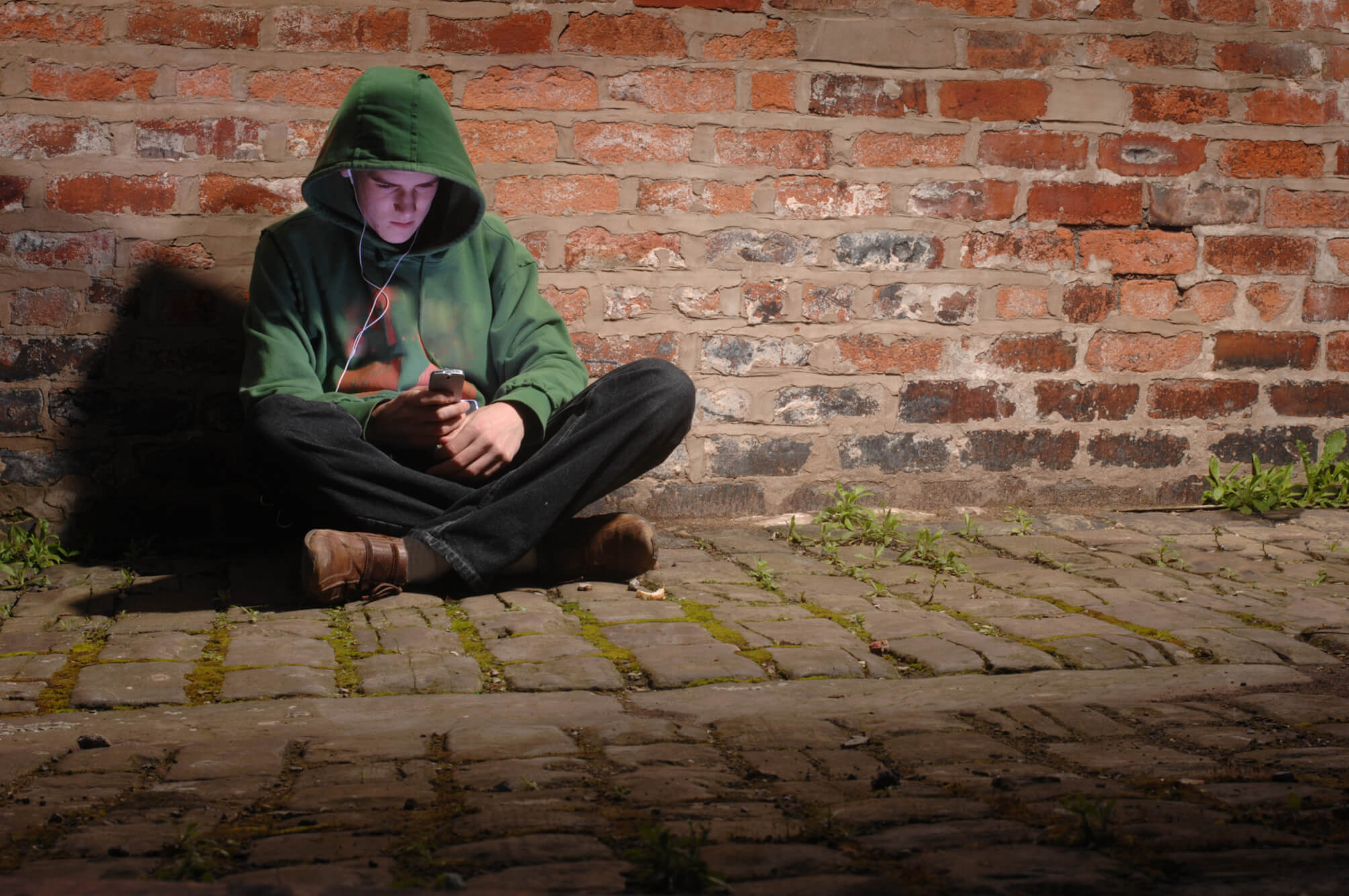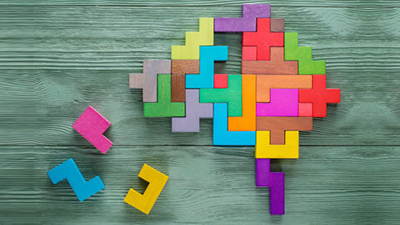Conduct Disorders

What is Conduct Disorder?
Conduct disorder is a group of behavioural and emotional difficulties that usually begin during childhood or adolescence. In this article, Delyth Hughes explores the condition and some practical steps schools can take to support children.
Children and adolescents with the disorder find it difficult to follow rules and behave in a socially acceptable way. They may display aggressive, destructive and deceitful behaviours that can violate the rights of others.
Risk Factors
Children are more likely to develop a conduct disorder when:
- Parents or siblings have the disorder;
- Parents have ADHD, bipolar disorder, schizophrenia, depression or misuse alcohol;
- They experience abuse, neglect or parental rejection;
- They are exposed to harsh and / or inconsistent parenting;
- They experience rejection by their peers.
It is unclear why some children develop CD, although it is thought that traumatic experiences, social problems, and biological factors may be involved. It is characterised by a child having a callous disregard for and aggression toward others and may include pushing, hitting and biting in early childhood and bullying, cruelty, violence, hurting animals, picking fights, theft, vandalism and arson in adolescence. Diagnosis and treatment at an early age usually results in better outcomes than later intervention.
Pupils with CD find behaviours that result in power differentials gratifying, so enjoy the result of being aggressive, deceitful and / or coercing others. In younger pupils this displays as relentless bullying, lying and stealing. In older pupils behaviour such as instigating fights, trespassing, lying, cheating, stealing and vandalism are indicators together with emotionally and / or physically abusive behaviours.
Diagnosis of CD is made by a qualified professional who will determine if the behaviour is the pupil's way of adapting to troubled environments, known as a learned behaviour, or if it is gratification following deep seated aggression. The professional will fully liaise with parents, teachers and other adults involved in the child's life to eliminate other possible causes before making a CD diagnosis.
Although CD may be difficult to overcome, with an effective support network of parental figures, teachers and peers the disorder may be manageable. Lengthy psychotherapy and behavioural therapy, involving the child's family and support network, helps the child to learn to interact in positive ways with their family and support network. The earlier CD is diagnosed, the more successful the therapy will be.
Children with CD are also frequently diagnosed with ADHD or oppositional defiant disorder. They may also have dual diagnosis of:
- A specific learning disorder;
- An anxiety disorder;
- Depressive or bipolar disorders;
- Substance misuse disorders.
Practical support
Strategies for practical support in school include:
- Scheduling tasks early in the day and display so the pupil knows what is expected throughout the course of the day;
- Allocating clear roles when organising group work or activities;
- Minimising distractions in the learning setting;
- Being precise and keeping instructions short, ensuring a staged approach to tackling tasks where one stage is completed before moving on to the next;
- Identifying the pupil’s strengths and encouraging the pupil to use them to help others;
- Rewarding effort as well as achievement;
- Being an approachable positive role model;
- Ensuring rules set are realistic, clear, consistent and expected behaviour is achievable. This includes standards expected within the classroom, communal areas e.g. play areas, dining halls; and whilst on educational visits. An agreed behaviour contract with the pupil is useful to set agreed standards and, where unacceptable behaviour is demonstrated, as a reference point to get things back on track;
- Agreeing an exit strategy to prevent angry outbursts in class. Managed carefully, having a system where the pupil can request time out can prevent situations escalating. This may be an agreed verbal or physical cue e.g. an agreed phrase or using an item to indicate the need for time out;
- Being aware of what may trigger unacceptable behaviour. Mapping out the antecedents (what happens before the unacceptable behaviour commences), what behaviour is demonstrated and the consequences of the behaviour is helpful to plan and avoid further occurrences;
- Remembering that you are not the cause of the aggression but an outlet for the child to focus their aggression on, so remain empathetic and objective when interacting with them;
- Remaining calm when incidents occur. Avoid exhibiting emotion e.g. frustration, disappointment or anger but firmly state consequences.
The above strategies outline general best practice rules however it is essential to liaise with all professionals involved in supporting the child to ensure any identified bespoke measures are also built into the plan of support.
Want to know more about supporting mental health? Check out our Supporting Mental Health and Wellbeing training.
Delyth Hughes
Senior Leader Children's Mental Health Recovery Unit











